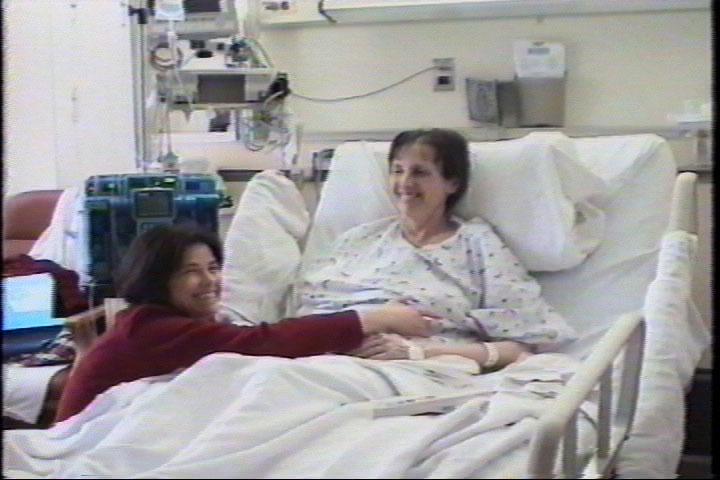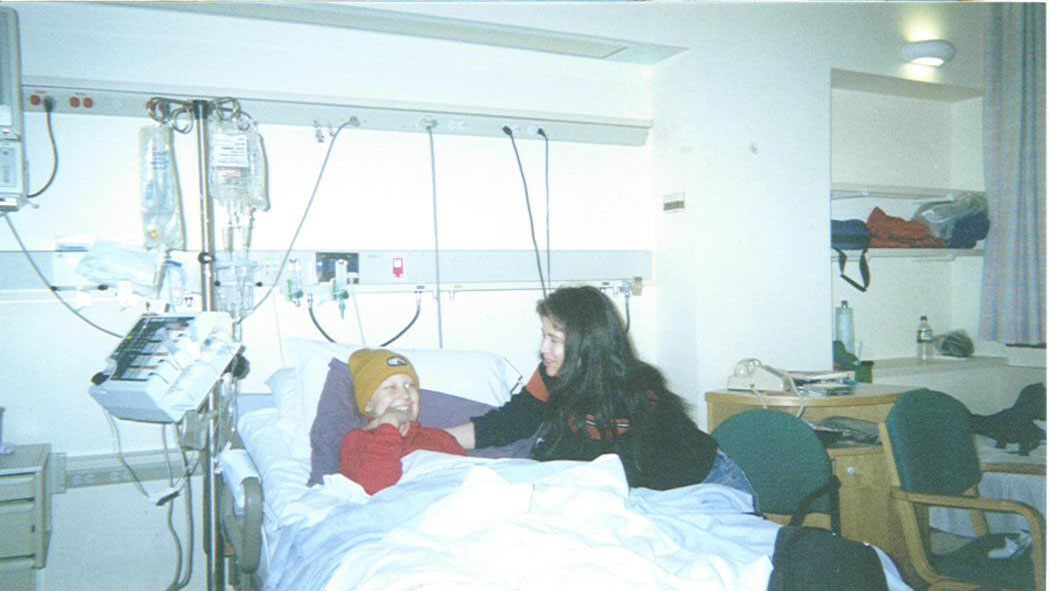Simple Self
Care practices like
the ones on this web site are
effective and anyone with a
browser can access
these self-help instructions. Accessible,
affordable quality care CAN be achieved with innovative uses of
technology. Our hope is that combining
content with media
technologies will create a new
way of delivering self-help instruction, and a new model for healthcare
delivery that is blind to age, economic status, culture, color or
location. Self-care education is essential to prevention and to
help relieve some of the burden and suffering within
overloaded health care systems. It is an option for the uninsured
as well. Health practitioners are
encouraged to try and use some of these methods on a daily
basis. Without care and nurturing of our caregivers we are
doomed.

At the Berkeley
Primary Care facility located on the Berkeley/Oakland border,
everyone who comes in is either living on the
street, or close to it. This was my
first experience working with
acupressure in a clinical setting. The primary physician (there
was only one most of the time) was Dr. Haas. Approximately
17,000 people are served by this clinic with over 101,000 visits
annually. The clinic closed its door to new patients 3 years
ago.
The clients that were referred to
me by Dr. Haas were the ones who could not easily be helped. They
often
suffered greatly, had tried many prescriptive remedies, many surgeries,
that were not working. Sometimes there were physical and mental
problems. For instance, one client had been struck by
lightening twice, another had been in a house that caught on fire and
collapsed on her, another had had 17 abdominal surgeries, another had
been raped and beaten and was still living on the street, a reformed
crack addict who frequented the emergency room, a survivor of a gunshot
wound with various unexplained pains and difficulties, etc.
The appointments were 30
minutes. Occasionally the clients would confess that this
was the only place and time where they felt anyone really cared and was
listening. Occasionally, doctors or nurses would come in
for a short appointment. One physician shared that what I was
doing was what he thought he went to medical school for.
But he was now only allowed 7 minutes per patient, and in that time he
had to arrange for records to be sent (or tracked), find out how the
patient was doing, figure out what to do, and deal with any
complications from social services or record keeping.
I worked a 4 hour shift each week and each week the roster was full with patients coming to the door trying to find a way to get an appointment. It was at this point I began considering self-help instruction, but there seemed to be no resources to create a class, even though my services were free to the hospital because it was part of my training requirements for the state of California certification.

People often come to Stanford
Hospital with really big health projects. I worked with
patients who were
fighting to live against difficult diseases and very high tech invasive
procedures (heart surgery, bone marrow transplant, etc.) I also
experienced patients and families dealing with
chronic and serious illness. There was no specific program
for acupressure at the hospital. It was the patients and their
families who brought in the acupressurists. Generally, these
patients and familes were highly educated, wealthy, had a strong will
to live, and saw themselves as responsible for their eventual outcome,
working as a partner in their health process. Nurses from
the Phillipines and other countries often commented the methods were
commonly used in their country of origin and were supportive of the
acupressure treatments, helping to raise or lower the bed, etc.
Although Stanford has an Integrative Mind Body Program, many patients
did not tell their doctor about the sessions until after they went home
for fear the doctor would not understand.
There was often a team of
acupressurists who took turns visiting each day during hospital
stay. Many of these patients also had acupressure prior to the
hospital visit, or had been receiving acupressure for some time in
order to manage chronic illnesses or other aspects of their
health.
The types of health projects I encountered included open heart surgery, autologous stem cell transplant (patients left 14, 17, 21 days ahead of schedule, 1 with no caregiver), and cancer related hospitalizations.


It goes without saying that people
in hospitals are often
quite sick. The experience at Kaiser Hospital is no
exception. Patients receiving acupressure treatments were
sometimes clinging to life by a thread, or needed support surviving
side
effects from chemotherapy. As with Stanford Hospital, there was
no specific program
for acupressure at the hospital - patients and
their
families brought in the acupressurists and felt strong enough about its
benefits to pay out of pocket. It must be said that Kaiser does
seem to be on the ball with what benefits patients. Not only was the staff supportive
of a patients' personal healing sessions, but the
outpatient oncology nurses were guiding patients in
visualization while chemo was administered, as shown in this picture. The patient who was a client is doing self-help
acupressure. The head nurse was in this unit was also in a
training program for similar approaches. I was offered a job on the
spot during one session. I would have taken it except for the
fact I had begun the process of creating self-help videos.
The patient who was a client is doing self-help
acupressure. The head nurse was in this unit was also in a
training program for similar approaches. I was offered a job on the
spot during one session. I would have taken it except for the
fact I had begun the process of creating self-help videos.
The types of health projects I
encountered included cancer, diabetes complications, advanced
infections.

Material
for Self Help courses developed through four years of teaching,
including courses at the Japanese Cultural Center in Berkeley, Avenidas
Day Health Center, SRI International, Bryant Street Nursing Home,
Cubberly Community Center, the Jewish Community Centers in Berkeley and
Palo Alto, and through private self help lessons with patients,
families, caregivers, as well as the instruction of self-help during
private sessions.
